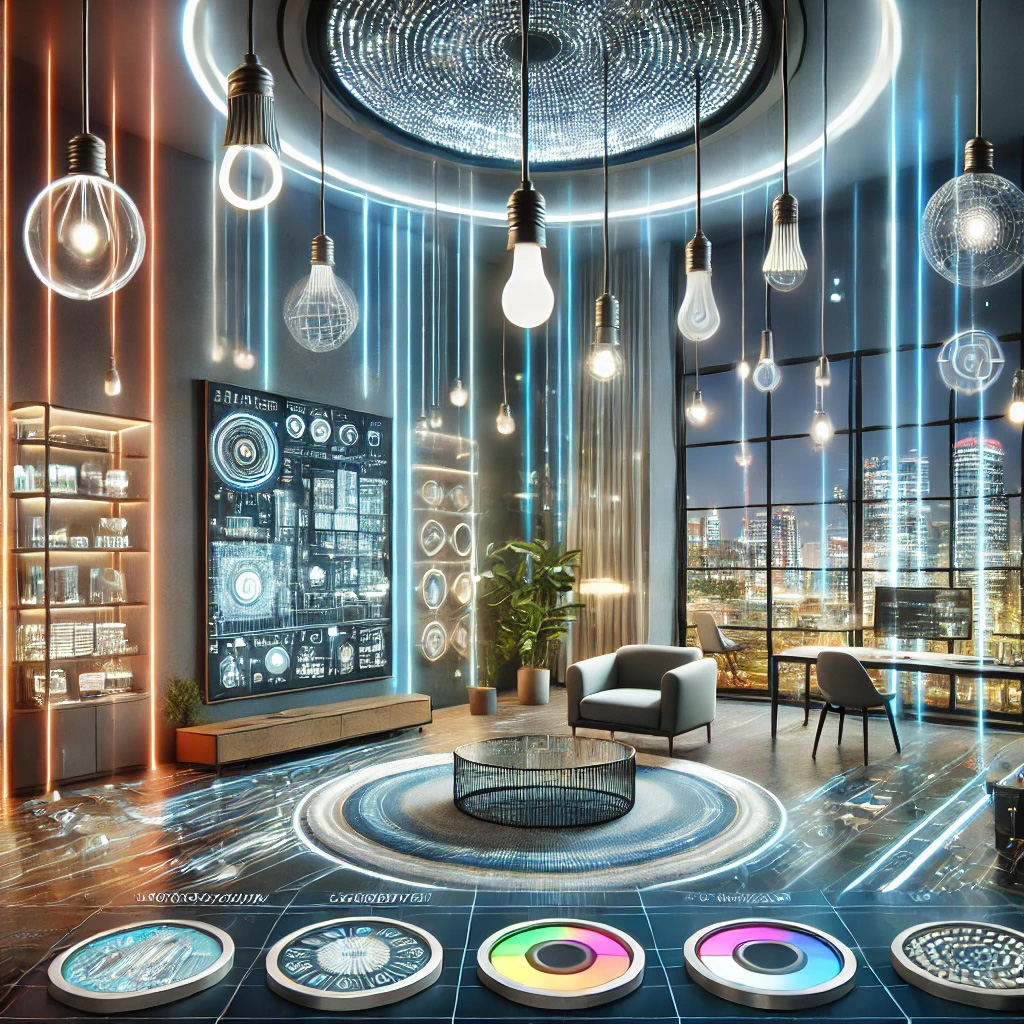
LED technology continues to bring groundbreaking changes to the lighting industry, offering energy efficiency, long lifespan, and eco-friendly solutions. In this article, we will delve into the innovative features of LED lighting, advancements in the industry, and what the future holds for this revolutionary technology.
Table of Contents
- Energy Efficiency and Long Lifespan
- Smart Lighting Systems
- Flexibility in Design and Customization
- Eco-Friendly and Sustainable Lighting
- Future Trends in LED Lighting
Energy Efficiency and Long Lifespan
LEDs outperform traditional lighting solutions in terms of energy efficiency. A single LED bulb can reduce energy consumption by up to 80%. Moreover, LEDs have an average lifespan of up to 50,000 hours, making them an economical choice for both residential and commercial users.
- Lower energy consumption leads to reduced electricity bills.
- Long lifespan reduces maintenance and replacement costs.
- Minimal heat emission ensures safe usage.
Smart Lighting Systems
Smart lighting is one of the most exciting advancements in LED technology. Integrated with IoT (Internet of Things), smart LED lighting systems allow users to control and optimize lighting remotely.
- Controllable via mobile apps or voice assistants.
- Automatic adjustment to daylight using sensors.
- Energy consumption reports for more efficient usage.
For example, smart LED lighting in offices can automatically adjust light levels throughout the day to maximize energy savings.
Flexibility in Design and Customization
LEDs are a favorite among architects and interior designers due to their flexibility in design. Products like track spots, LED strips, and neon designs enhance the aesthetic appeal of spaces.
- Various color and temperature options for ambient lighting.
- Modular structures easily adapt to different spaces.
- LED panels and decorative products offer an elegant appearance.
For instance, LED lighting used in museums and exhibitions enhances the details of exhibits while saving energy.
Eco-Friendly and Sustainable Lighting
LED lighting stands out for its eco-friendly attributes. Unlike traditional bulbs that use harmful chemicals, LEDs are made entirely of environmentally friendly materials.
- Reduces CO2 emissions and minimizes environmental footprint.
- Contains recyclable materials.
- Low energy consumption contributes to environmental sustainability.
In particular, LED streetlights used in urban lighting contribute to energy savings and reduce light pollution, demonstrating environmental responsibility.
Future Trends in LED Lighting
LED technology is constantly evolving, and more innovative solutions await us in the future:
- Holographic Lighting: Adding 3D lighting designs to spaces.
- UV-C LEDs: Sterilization-focused LEDs that eliminate germs and bacteria.
- Smart City Applications: City-wide energy-saving smart LED lighting systems.
These trends not only enhance comfort and design but also shape the future in terms of energy savings and environmental awareness.
Conclusion
As LED technology continues to revolutionize the lighting industry, it offers eco-friendly, energy-efficient, and aesthetic solutions. With upcoming advancements, LED lighting will remain an indispensable choice for both individual users and the industry in the future.

 English
English